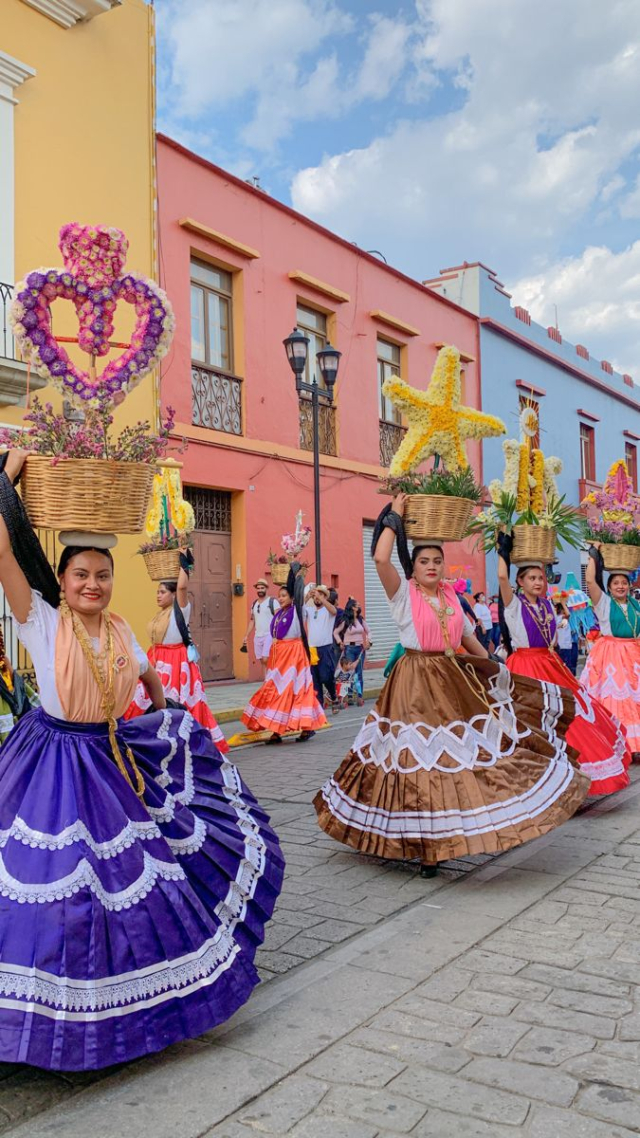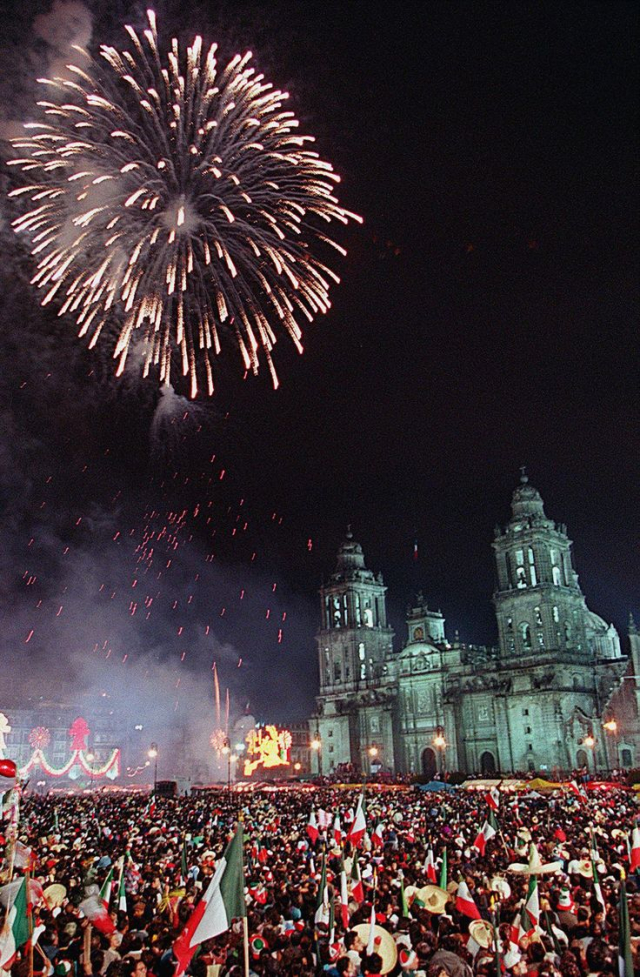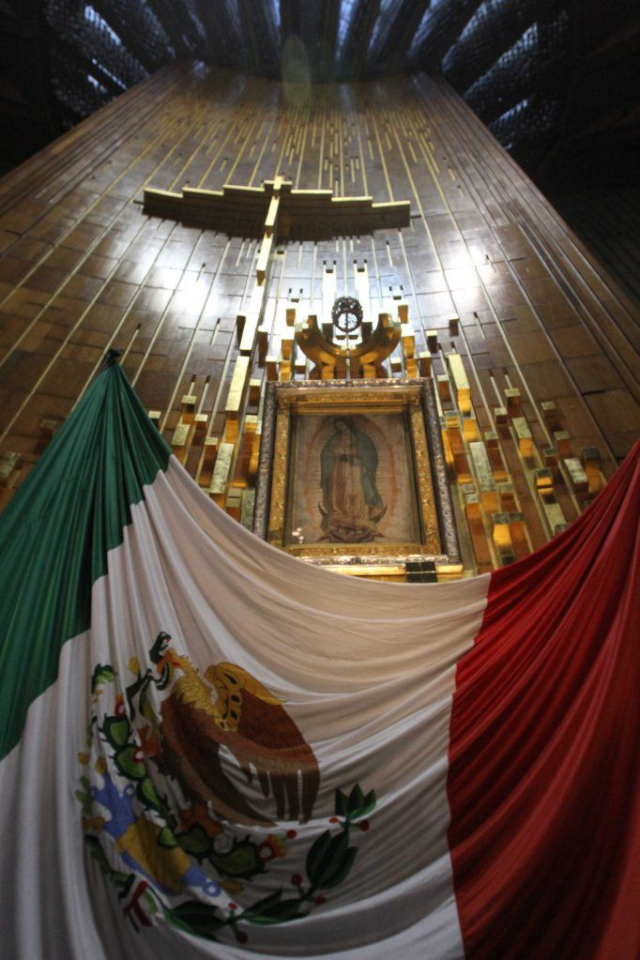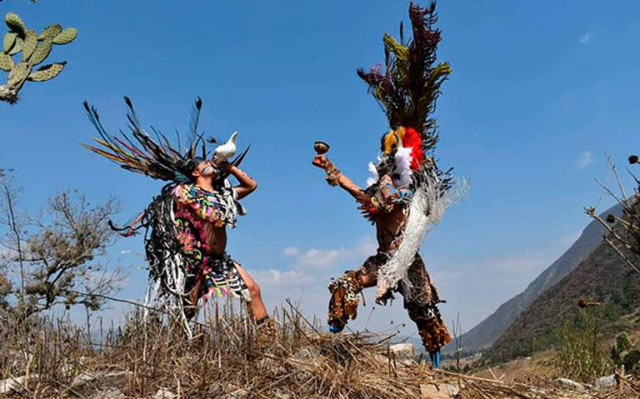Mexico is a land rich in traditions and celebrations that not only reflect its identity and culture, but have also captured the imagination of the entire world. Each Mexican holiday is loaded with history, symbolism, and a unique blend of pre-Hispanic and European influences, giving rise to celebrations full of colors, flavors, and expressions of faith. From the well-known Day of the Dead to the mystical Wixárika New Year, every corner of Mexico celebrates life and death with rituals and traditions that captivate those who witness them, awakening deep respect and international admiration.
In recent years, Mexican festivities have gained a special place in the global cultural arena. Films, documentaries, and tourist events have helped spread these traditions, allowing the world to know not only the symbolism behind each one, but also the essence and pride with which Mexicans celebrate. Festivities such as Guelaguetza or Hanal Pixán, less known than the Day of the Dead, have also begun to arouse interest worldwide, showing the diversity and richness of Mexican indigenous cultures. This phenomenon has helped preserve and revive local traditions, attracting visitors who wish to experience the authenticity of each celebration.
Today, Mexico has become an iconic cultural destination for those seeking to learn about and participate in these symbolic festivities. From religious pilgrimages to vibrant carnivals, each Mexican holiday is a window into the soul of the country, a reminder of its ancestral roots and cultural resilience. These celebrations have not only crossed borders, but have generated a cultural dialogue that connects people from all over the world with the magic and symbolism of Mexican traditions, making each visitor feel part of a story that celebrates life in all its forms.
You may also be interested in: Recommendations for traveling alone to Mexico
The most important celebrations in Mexico
- Candlemas Day
Candlemas Day is celebrated every February 2 and has its roots in the mixture of Catholic and pre-Hispanic traditions. In Catholicism, this day represents the presentation of Jesus in the temple and the purification of the Virgin Mary. In Mexico, the tradition is intertwined with indigenous customs, especially in places like Tlacotalpan, Veracruz, where a party is held in honor of the Virgin of Candelaria. This holiday is associated with the “tamalada,” since those who pulled out the doll from the Rosca de Reyes must invite tamales. In many communities, figures of the Baby Jesus are dressed and taken to be blessed at the church. It is a date that unites devotion, culinary tradition, and community.
- Carnivals in Mexico
Carnivals in Mexico are an explosion of color, music, and joy that precede Lent, generally celebrated in February or March, according to the liturgical calendar. This tradition was brought by the Spanish and evolved to include characteristics of Mexican culture. Among the most popular carnivals are those in Veracruz, Mazatlán, and Campeche, where thousands of people enjoy parades with costumes, troupes, dances, and cultural events. During these days, the streets are filled with music, dance, and parades of floats, in a celebration that seeks to break with routines before the period of abstinence and religious reflection. 
You may also be interested in: The 10 best beaches in Mexico
- Easter week
This is a deeply religious celebration in Mexico, marked by commemorations of the passion, death, and resurrection of Jesus Christ. The dates vary each year, but it is generally celebrated between March and April. Live reenactments of the Passion of Christ, processions, and vigils take place throughout the country, especially in places like Taxco, San Luis Potosí, and Iztapalapa. This is a time of spiritual reflection for Mexicans, and many people participate in masses and religious activities. For others, it is an opportunity to enjoy vacations in tourist destinations, maintaining a mix between the sacred and the festive.
- Independence Day
Mexico's Independence Day, celebrated on September 15 and 16, is the date on which the country commemorates the beginning of its fight for freedom from Spanish rule. On the night of the 15th, in all the country's squares, people gather to hear the famous "Grito de Dolores," recalling the words of Miguel Hidalgo in 1810. In the Zócalo of Mexico City, the president of the republic leads this patriotic act, waving the flag and shouting "Long live Mexico!" The streets, houses and public buildings are dressed in green, white and red. On September 16, civic and military parades are held throughout the country. It is a celebration of national identity that unites Mexicans in a sense of pride and belonging. 
You may also be interested in: Mexican cuisine in Cancun
- The Guelaguetza
It is one of the oldest and most colorful festivals in Mexico, celebrated in Oaxaca every July. This festival has pre-Hispanic origins, when indigenous people offered rituals in honor of the goddess of corn, Centéotl. Today, it is a showcase of the cultural diversity of Oaxaca, where different indigenous communities come together to share their music, dances and traditions. The word “guelaguetza” means “offering” or “sharing” in Zapotec, and this is reflected in the celebration where participating groups give away typical products. The Guelaguetza is an explosion of culture, with its traditional costumes, folkloric dances and an energy that reflects the spirit of community and cooperation among indigenous peoples.
- Day of the Dead
One of the most representative holidays in Mexico is the Day of the Dead, recognized worldwide for its symbolism and color. It is celebrated on November 1 and 2, dates on which it is believed that the deceased return to the world of the living to be with their loved ones. This tradition has pre-Hispanic origins, in which indigenous cultures honored their dead. Offerings are a central element, with altars that include candles, cempasúchil flowers, photos, sugar skulls, and the favorite foods of the deceased. In places like Oaxaca, Pátzcuaro, and Mexico City, special events and processions are held that combine the devotion and mysticism of this date. This celebration not only honors ancestors, but reaffirms the importance of family and the continuity of life.

You may also be interested in: What to do in Acapulco?
- Day of the Virgin of Guadalupe
The Day of the Virgin of Guadalupe, celebrated every December 12, honors the Virgin Mary in her title of Guadalupe, patron saint of Mexico and symbol of the Catholic faith in the country. This holiday commemorates the appearance of the Virgin to Juan Diego on Tepeyac Hill in 1531. The Basilica of Guadalupe in Mexico City is the epicenter of this celebration, where thousands of pilgrims arrive in procession to pay homage. During this day, Mexicans sing the "Mañanitas" to the Virgin, perform special masses and traditional dances. It is a date of deep devotion, in which faith and the cultural identity of Mexico are mixed.
- The Christmas Inns
Posadas are a Mexican Christmas tradition celebrated between December 16 and 24, remembering the pilgrimage of Mary and Joseph in search of refuge before the birth of Jesus. During these nine nights, Mexican communities and homes hold processions depicting the pilgrims and singing traditional songs. Each night ends with a celebration where participants enjoy tamales, buñuelos, and hot ponche, as well as breaking piñatas filled with candy and fruit. Posadas are a mix of faith and festivity that strengthen community and family ties in Mexico, keeping alive one of the most beloved Christmas traditions in the country. 
You may also be interested in: Floating party in Xochimilco
Two important celebrations of Mexican indigenous cultures

1. Wixárika New Year
The Wixárika New Year is a significant celebration of the Wixárika community (also known as Huichol), an indigenous group that lives in the Sierra Madre Occidental, mainly in the states of Nayarit, Jalisco, Durango, and Zacatecas. This celebration takes place in March and coincides with the change of season, when the dry season ends and the rainy season begins, marking a new agricultural and spiritual cycle. During the Wixárika New Year, ceremonies are held in which both adults and children participate. Sacrifices are offered and offerings are made in honor of their deities, in particular Tatewari, the grandfather fire, who is revered as a protector and symbol of renewal. Peyote, a sacred plant for the Wixaritari, is also included in rituals to connect with the spirits and the natural world. This celebration is a time of purification and strengthening of the community and its relationship with nature.
2. The Xochitlalli Festival (Xochitlalli Ceremony)
The Xochitlalli ceremony is an Otomi festival celebrated primarily in the Mezquital Valley in the state of Hidalgo, and also takes place in other areas where Otomi communities live. Its name in Nahuatl means "flower offering" and generally takes place in May, coinciding with the planting season. The Xochitlalli ceremony is an offering to Mother Earth, who is thanked for her fertility and for providing sustenance to the communities. During the celebration, the Otomi perform dances, songs, and offerings of flowers, fruits, and seeds to ensure a good harvest and the well-being of the land. This festival highlights the spiritual and cultural connection of the Otomi people with nature and symbolizes the deep respect for natural elements as a source of life.
We invite you to take a look at other articles at: https://yate.co/en/blog



